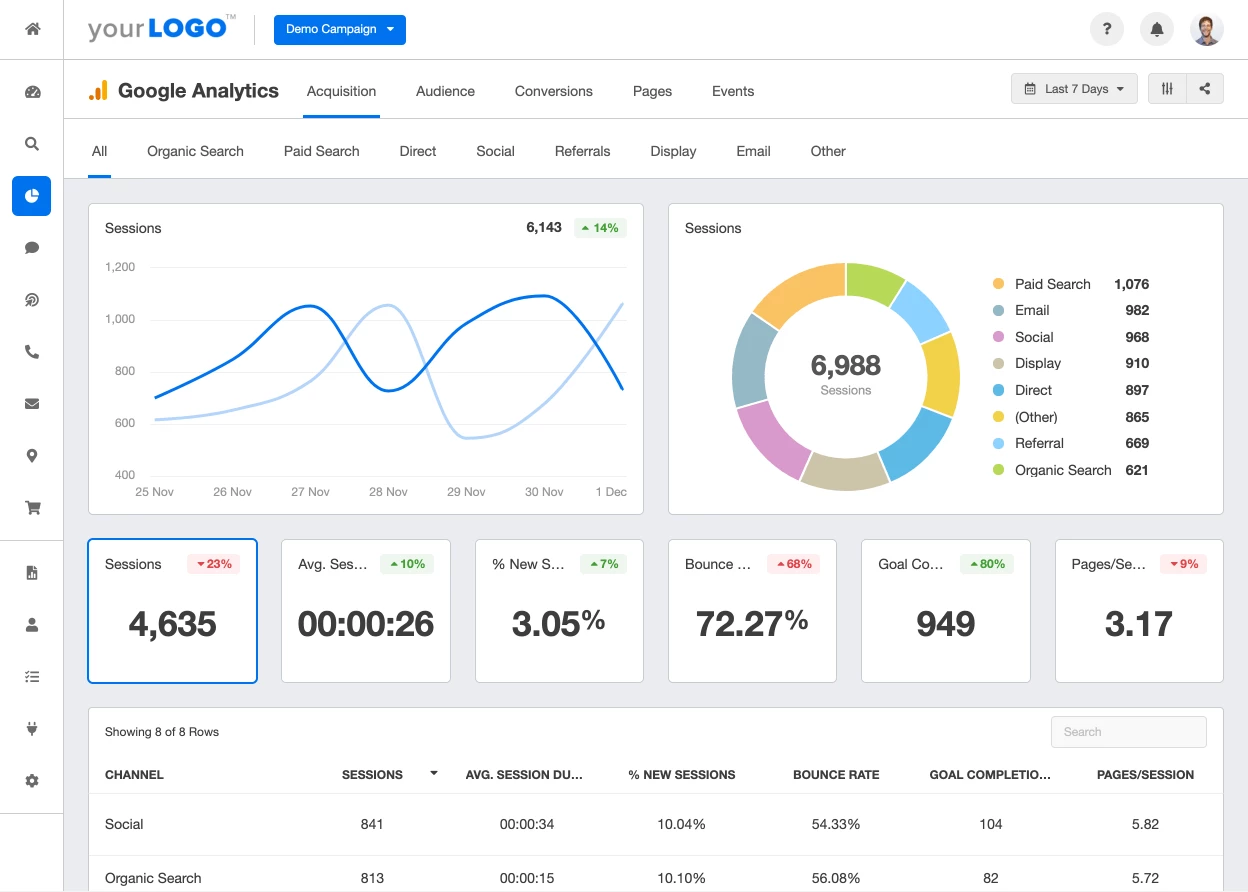Increase Efficiency and Earnings Through Data Analytics
In today's data-driven landscape, companies are progressively identifying the essential role of information analytics in boosting operational effectiveness and productivity. By systematically assessing data, organizations can uncover vital insights that educate strategic decisions, improve procedures, and tailor consumer experiences.
Recognizing Information Analytics
In today's data-driven landscape, understanding data analytics is essential for organizations aiming to boost functional efficiency and drive success. Information analytics entails the systematic computational analysis of data collections to reveal patterns, relationships, and understandings that inform decision-making. By utilizing different methods, such as analytical evaluation, equipment understanding, and predictive modeling, organizations can change raw data into actionable intelligence.
The process typically starts with data collection, where appropriate information is gathered from multiple sources, consisting of transactional data sources, customer interactions, and market fads. This data is after that cleaned and arranged to ensure accuracy and uniformity. Once the information is prepared, logical devices and software application are utilized to envision the details and discover, making it possible for stakeholders to determine patterns and anomalies.
Eventually, understanding information analytics encourages organizations to make informed choices based upon empirical proof instead of instinct. It assists in targeted strategies that can maximize source appropriation, improve client complete satisfaction, and enhance general efficiency. As organizations significantly acknowledge the worth of data-driven insights, a strong grip of information analytics comes to be a critical expertise for groups and leaders alike, positioning them for continual success in a competitive setting.

Key Advantages for Companies
Businesses that take advantage of data analytics can open a multitude of benefits that considerably improve their operations and productivity. One of the key benefits is enhanced decision-making. Information analytics offers actionable insights acquired from real-time information, permitting businesses to make enlightened selections that straighten with market needs and consumer choices.

Additionally, data analytics fosters enhanced customer experiences. By understanding customer behaviors and preferences, businesses can customize their offerings, leading to increased complete satisfaction and loyalty. This individualized technique commonly leads to higher conversion rates and repeat business.
Furthermore, data analytics makes it possible for organizations to recognize arising patterns and chances. By remaining ahead of the curve, companies can profit from new markets and innovations prior to their competitors.
Executing Data-Driven Techniques
Effective application of data-driven techniques requires a thorough understanding of both available information and business goals sources. Organizations should first specify their objectives clearly, making certain positioning between information initiatives and strategic purposes. This clarity enables groups to concentrate on pertinent metrics and insights that drive decision-making.
Top quality information is essential for precise evaluation, as inadequate data can lead to misguided methods and wasted resources - Analytics. Organizations needs to develop procedures for data collection, cleaning, and administration to keep information integrity.
Additionally, promoting a data-driven society is crucial. Workers in any way degrees need to be encouraged to leverage data in their everyday operations. Training workshops and programs can boost data literacy, empowering staff to make educated decisions based upon logical understandings.
Devices and Technologies Introduction
A durable collection of technologies and tools is vital for companies aiming to harness the complete possibility of data analytics. These devices promote the collection, handling, and visualization of information, allowing services to obtain workable insights.
At the foundational degree, information monitoring systems such as SQL databases and NoSQL systems offer efficient data storage space and access capacities. For information processing and analysis, shows languages like Python and R, in addition to structures such as Apache Glow, allow complex calculations and YOURURL.com artificial intelligence click here to read applications.
Visualization devices, consisting of Tableau and Power BI, transform raw information right into intuitive graphical layouts, making insights available to stakeholders whatsoever levels. In addition, cloud-based platforms like Google Cloud and AWS provide scalable storage space and handling services, suiting the expanding volumes of information organizations encounter.
For innovative analytics, predictive modeling and AI-driven solutions are increasingly taken on, enabling business to forecast fads and boost decision-making procedures. Incorporating these devices into existing operations is critical; companies that effectively leverage this technology can significantly improve functional efficiency and drive productivity. Therefore, purchasing the right tools and modern technologies is a calculated vital for any data-driven organization.
Situation Researches of Success
Leveraging data analytics has led many companies to achieve amazing enhancements in performance and productivity. One notable situation is a big retail chain that applied anticipating analytics to optimize inventory management. By evaluating historical sales data and client patterns, the business minimized excess supply by 30%, bring about substantial price financial savings and enhanced money circulation.
One more example can be discovered in the manufacturing industry, where a leading vehicle manufacturer used information analytics to improve its manufacturing processes. By keeping track of device performance in real-time, the organization identified inadequacies and traffic jams, resulting in a 20% increase in total tools performance (OEE) This not just enhanced production rates yet additionally lessened downtime and maintenance costs.

These study highlight how data analytics can drive critical decision-making, enhance procedures, and ultimately improve both performance and success throughout different industries.
Conclusion
In conclusion, the integration of data analytics into business operations offers significant opportunities for enhancing performance and profitability. By methodically assessing information, companies can determine inadequacies, optimize consumer experiences, and make notified choices.
In today's data-driven landscape, recognizing information analytics is essential for organizations intending to improve operational efficiency and drive profitability. Information analytics entails the methodical computational analysis of information collections to uncover patterns, relationships, and understandings that educate decision-making. Information analytics offers actionable understandings obtained from real-time data, permitting services to make educated choices Discover More Here that align with market needs and customer preferences.
High-quality information is necessary for precise analysis, as inadequate data can lead to misguided approaches and lost resources. Organizations needs to establish procedures for data collection, cleansing, and administration to maintain information integrity.